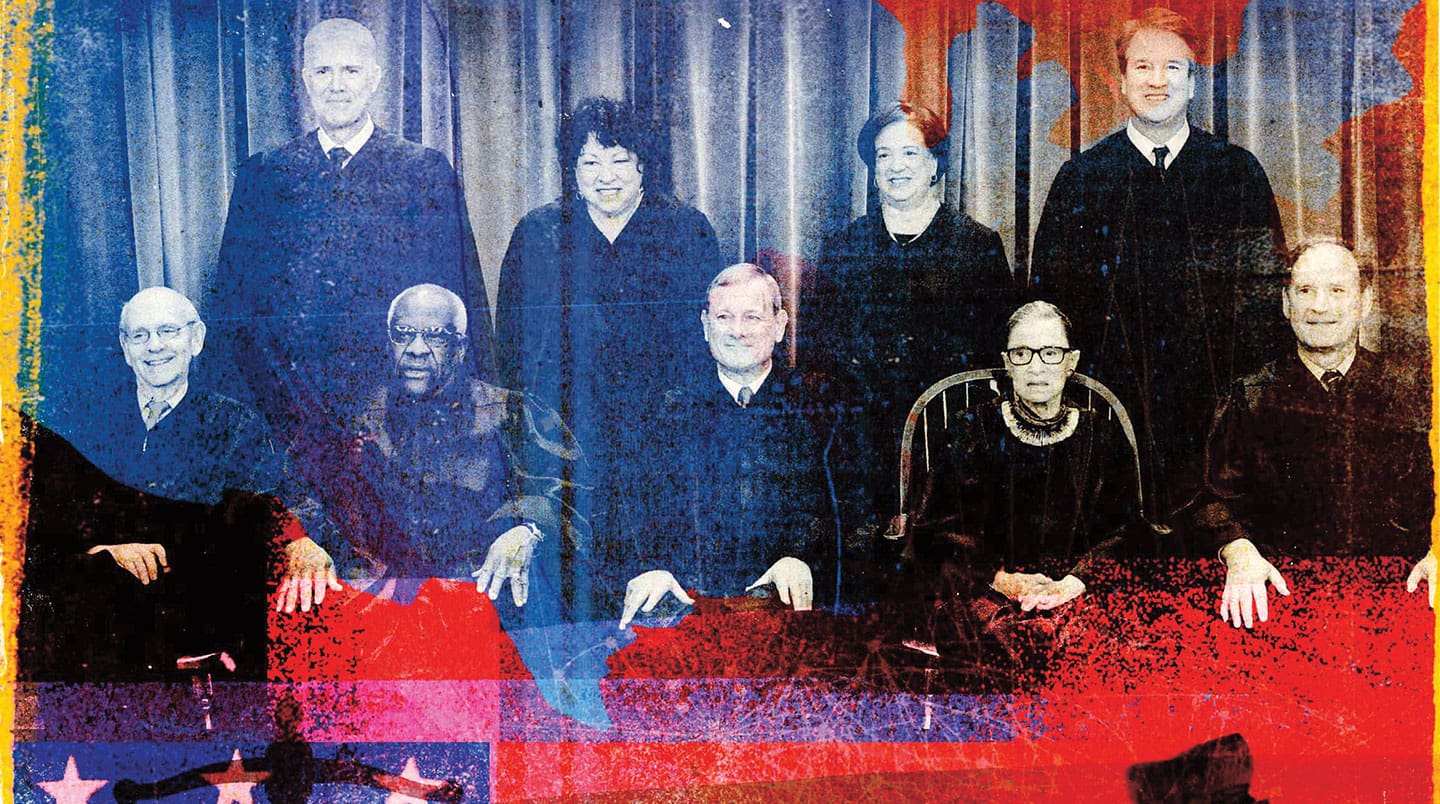When it comes to our nation’s laws, many Americans believe that Congress and the president have the most influence. But the U.S. Supreme Court actually has the final say on the country’s rules and regulations.
The Supreme Court is the highest court in the land. Its nine members, or justices, determine whether laws and government regulations are constitutional—meaning permitted under the U.S. Constitution. The Court hears about 80 cases during its annual term, which lasts from October to June. The decisions it makes on those cases have a lasting impact on the nation’s laws and the lives of Americans.
Many Americans believe that Congress and the president have the most influence on our nation’s laws. But the U.S. Supreme Court actually has the final say on the country’s rules and regulations.
The Supreme Court is the highest court in the land. It has nine members, or justices. They determine whether laws and government regulations are constitutional—meaning allowed under the U.S. Constitution. The Court hears about 80 cases during its annual term, which lasts from October to June. The decisions the Court makes on those cases have a lasting impact on the nation’s laws and the lives of Americans.

